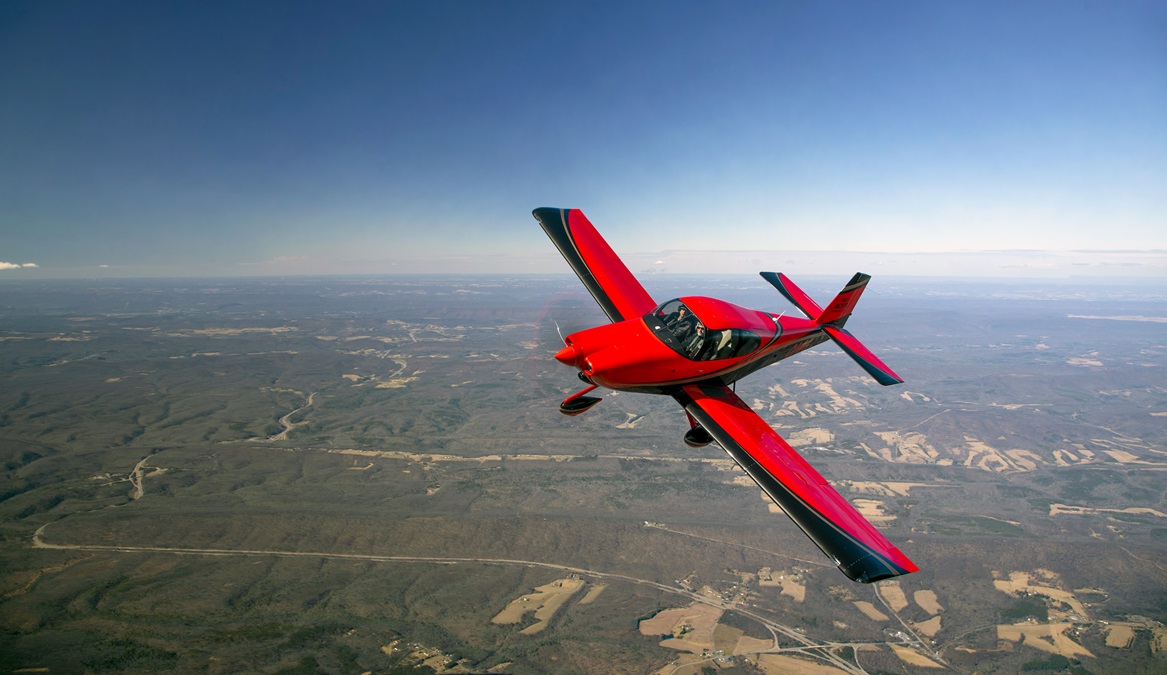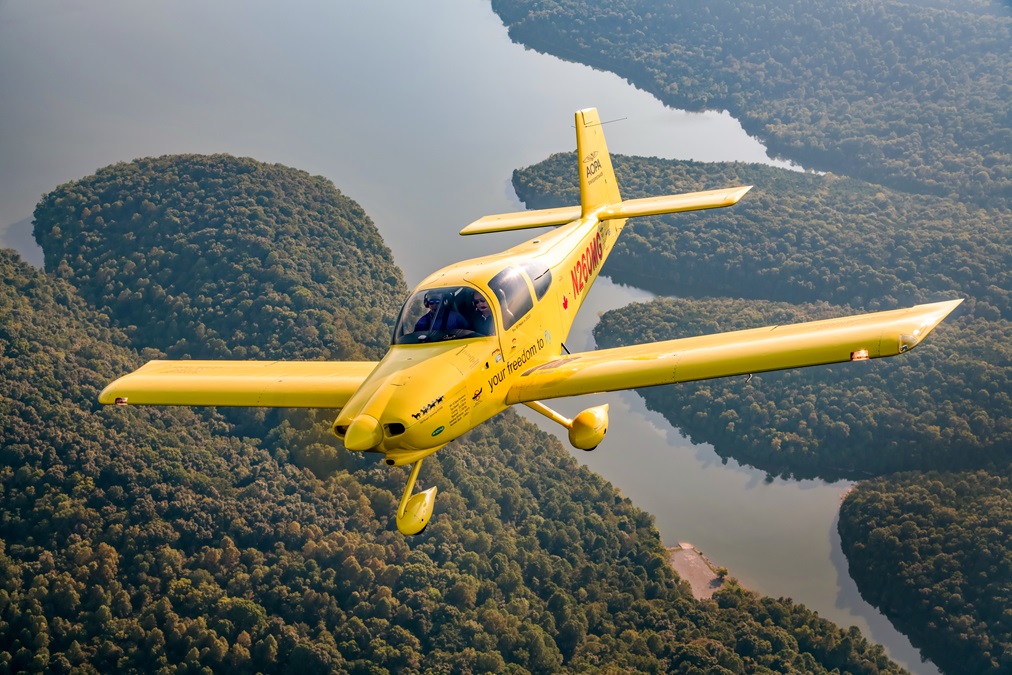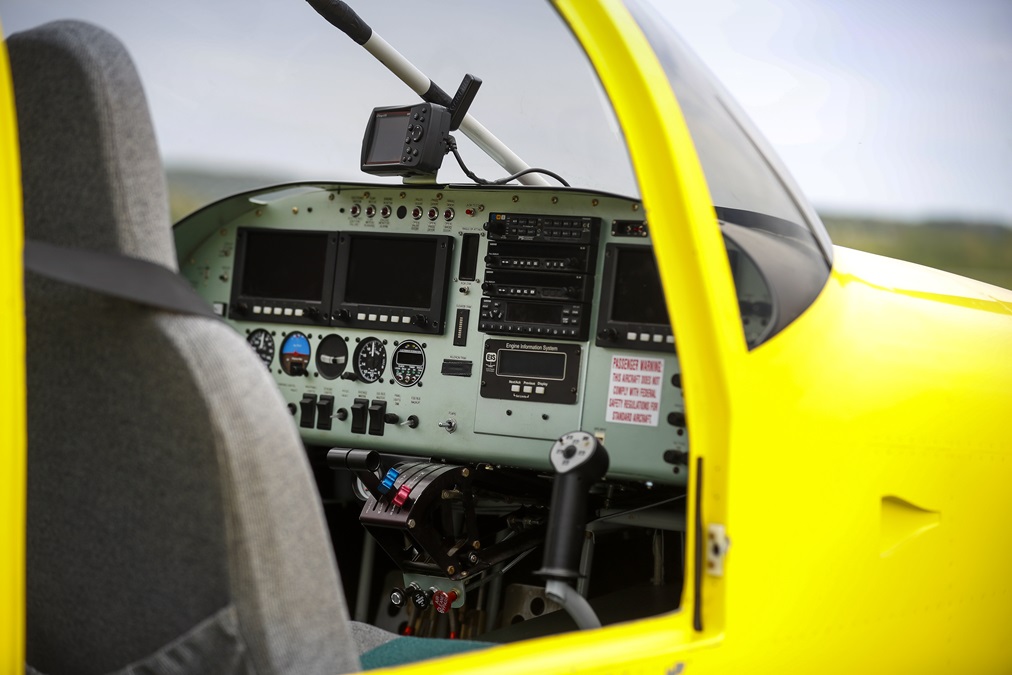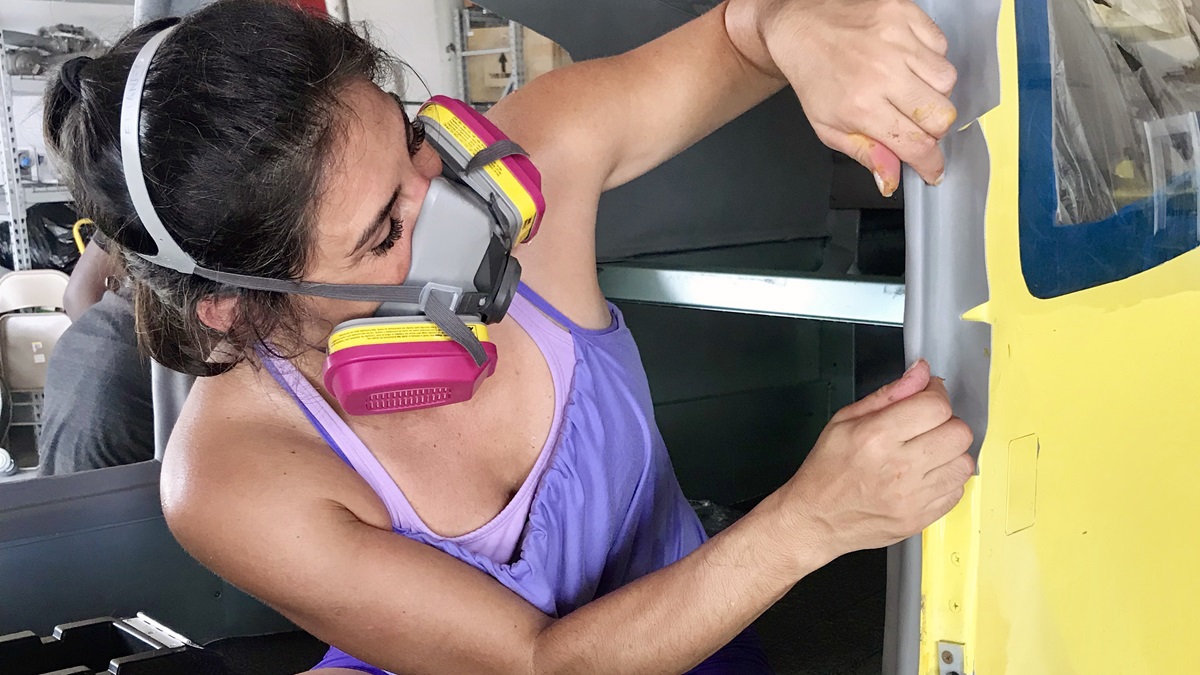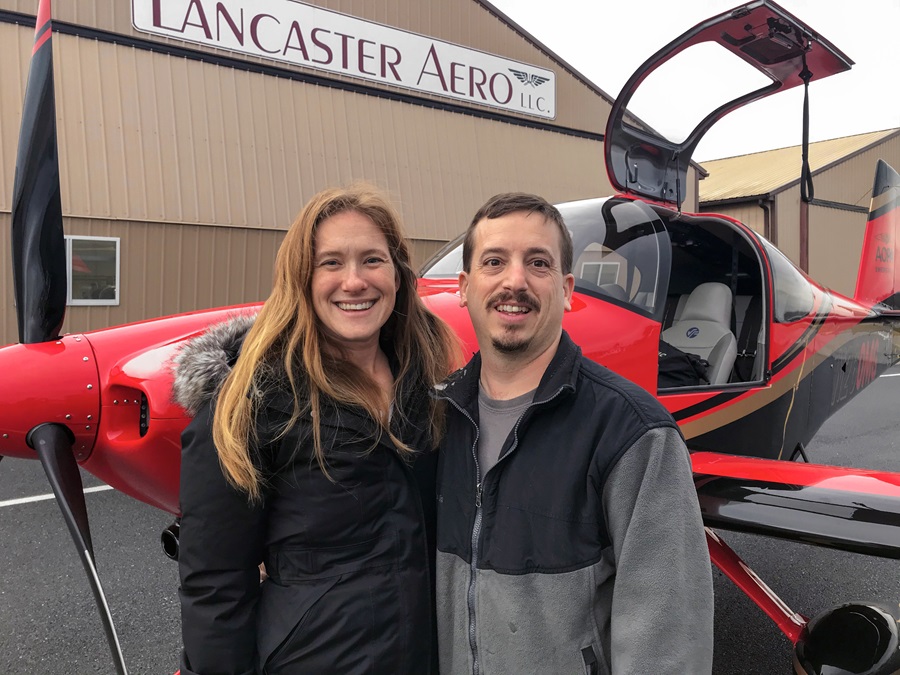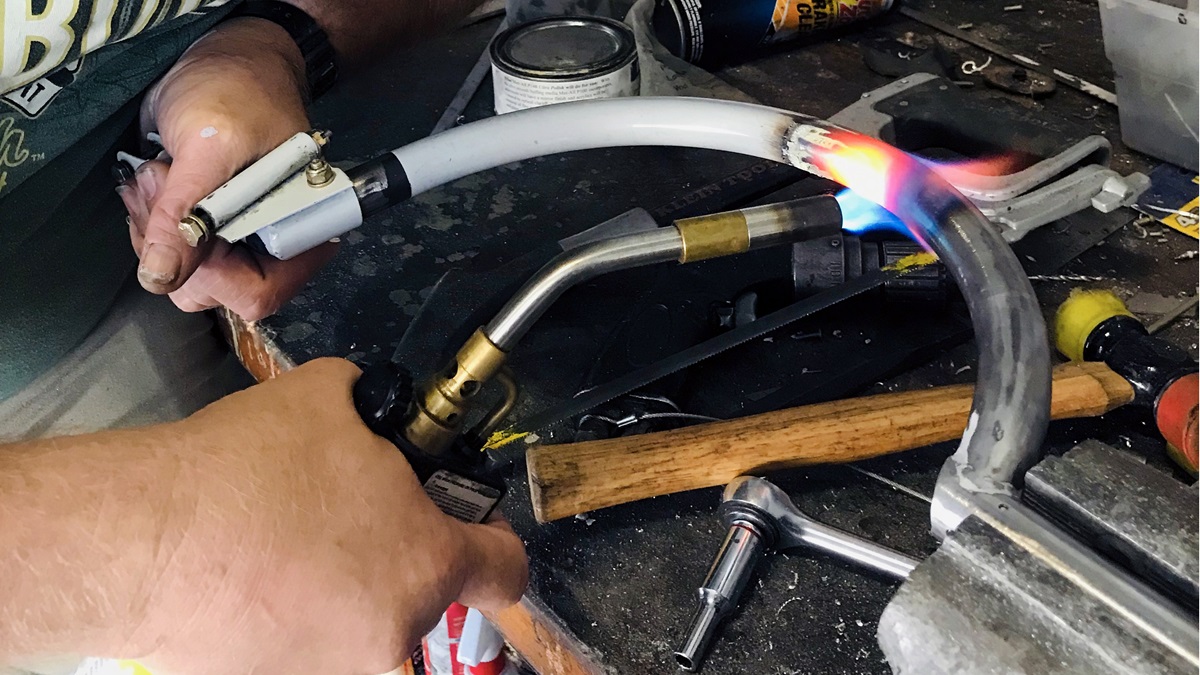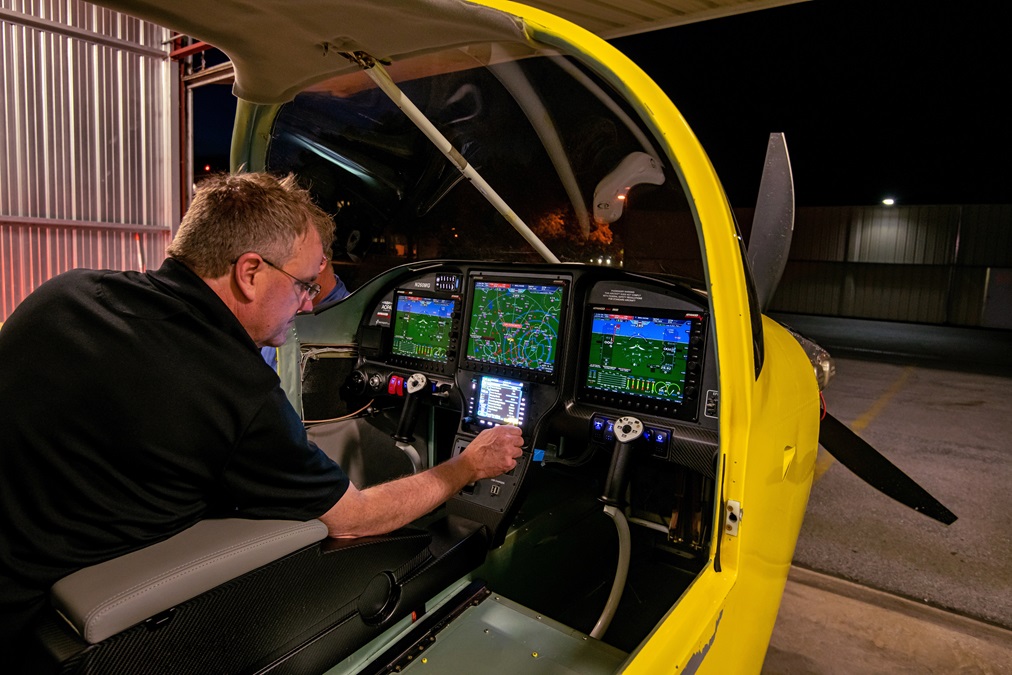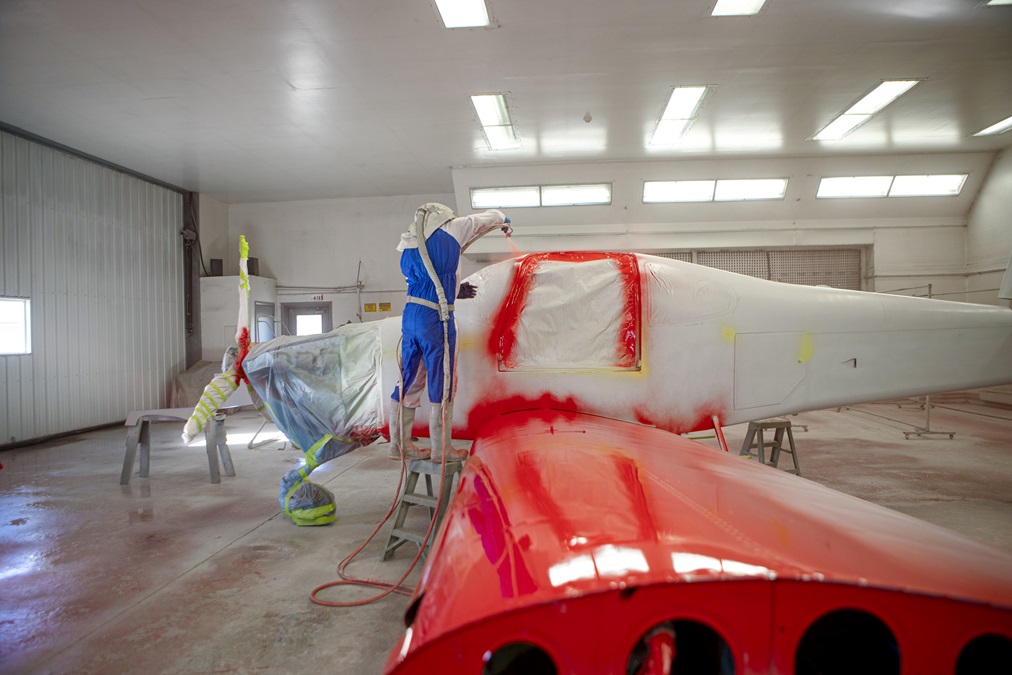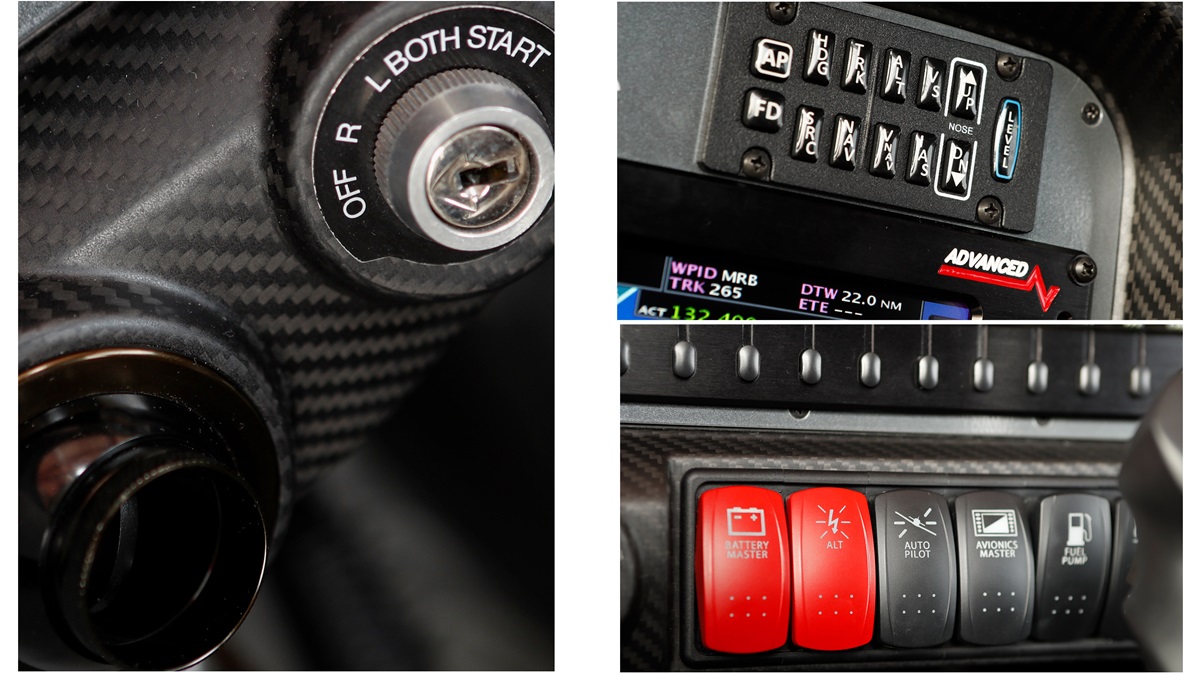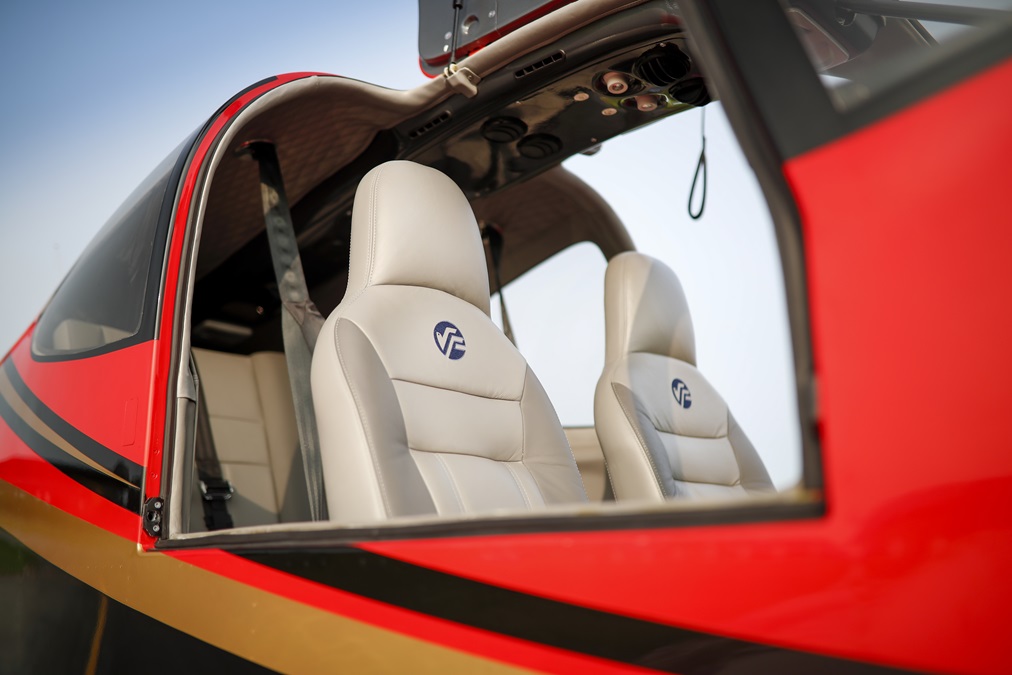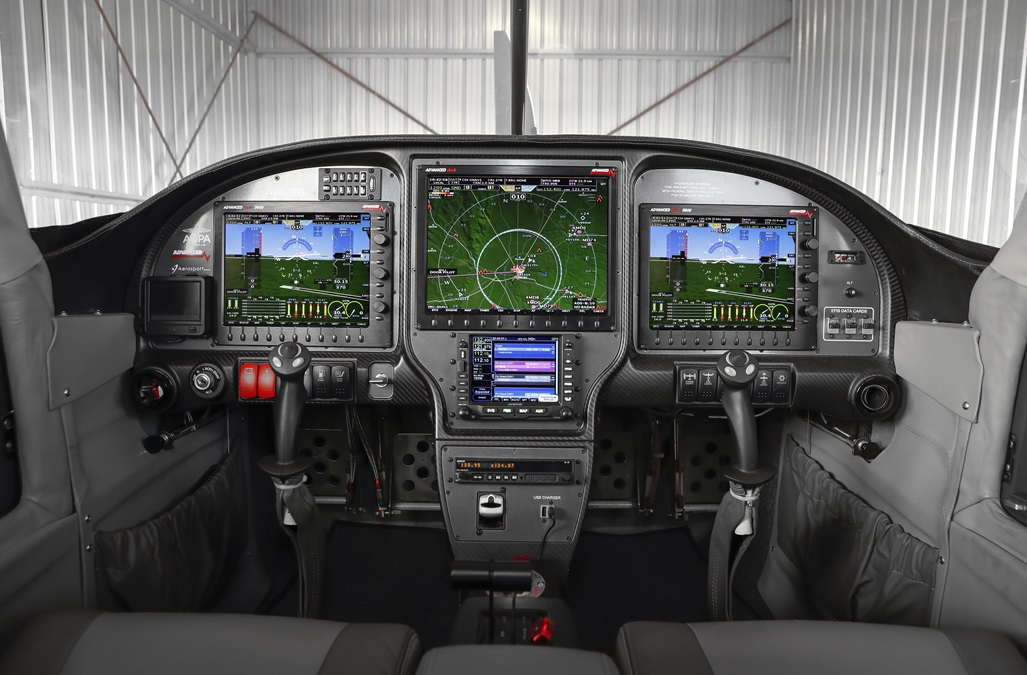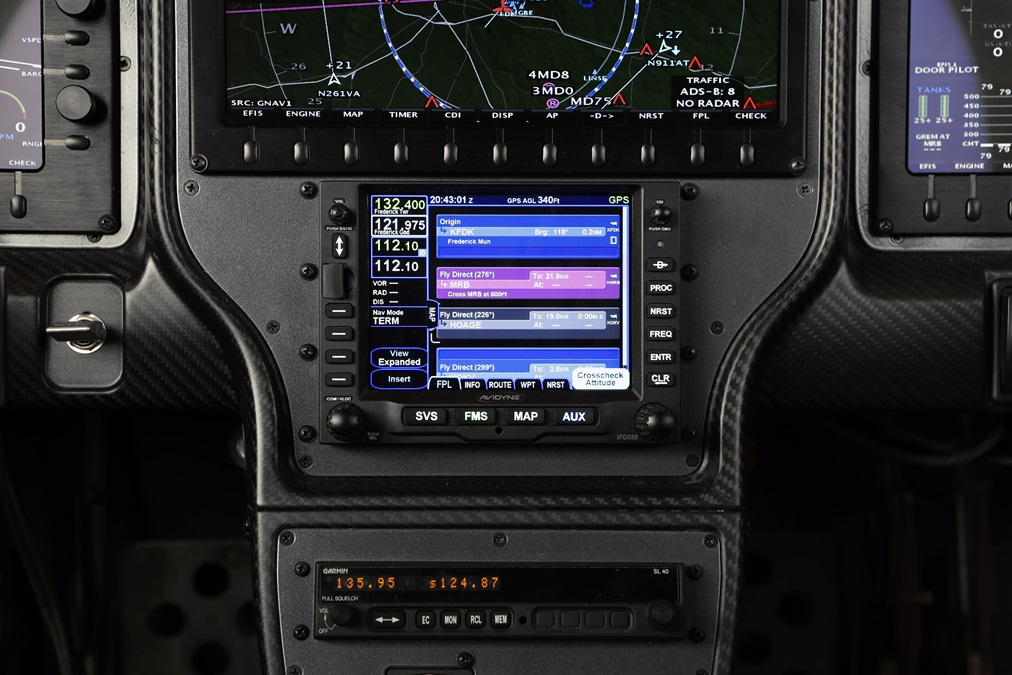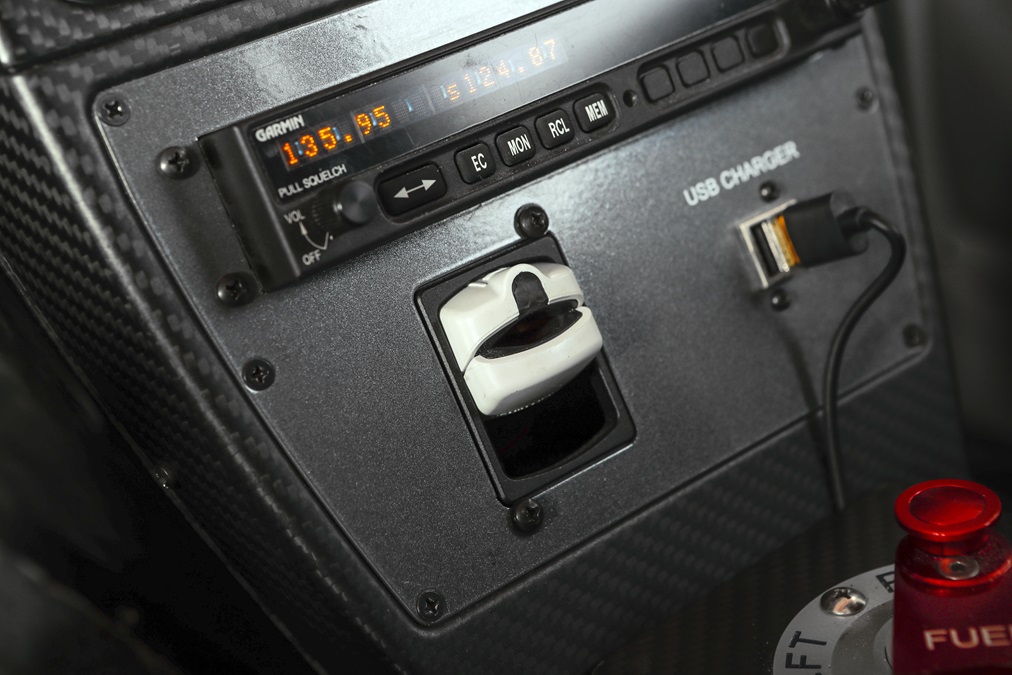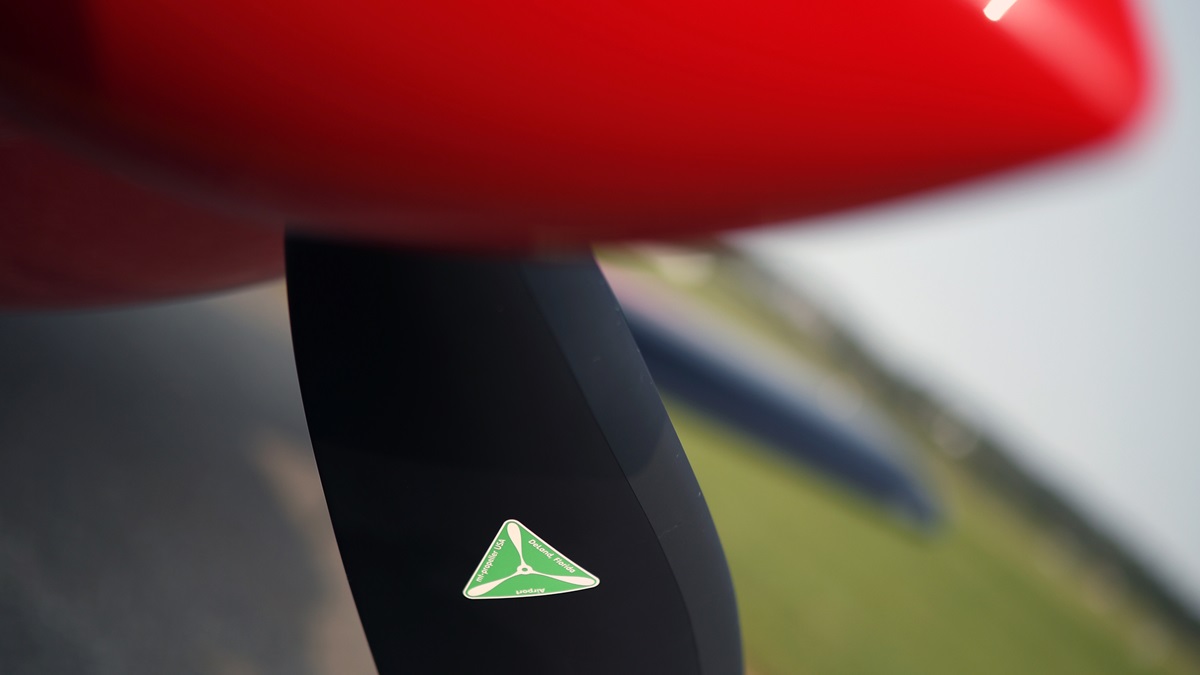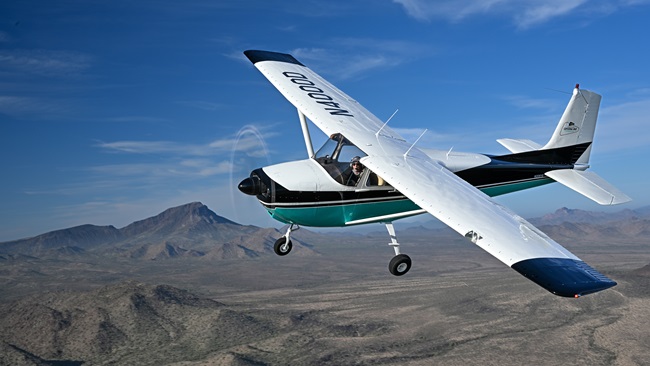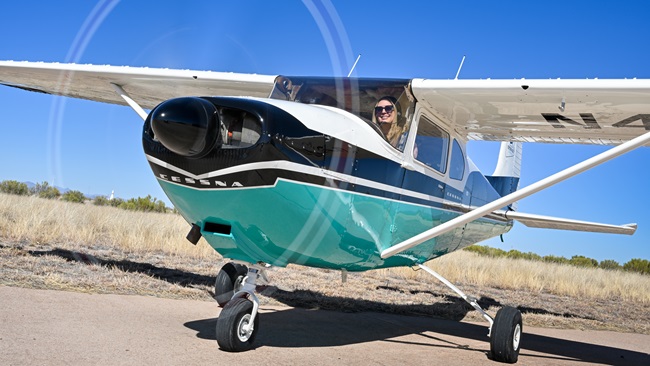Sweepstakes RV—10: Top craftsmen did their best work
They gave it their all
Previous AOPA Sweepstakes aircraft were meant to showcase new technology (such as glass-panel avionics and ADS-B), or new government policies (the 1994 General Aviation Revitalization Act), or historical milestones (2003 marking a century of powered flight). This is the first experimental category aircraft AOPA has ever given away and it highlights the performance, economy, and innovation in this dynamic niche. But taking stock of the 18-month effort that transformed this scrappy 12-year-old kit airplane into a showpiece, it’s the grit of the individual craftsmen who shaped it that stands out.
First, the builder, Ted French—a Canadian pilot in British Columbia—assembled the Van’s Aircraft RV–10 kit during two years of intensive and largely solitary work. French, a general aviation pilot and now-retired paper mill foreman, assembled the complex kit by hand. Working alone in a two-car garage, and then an unheated T-hangar in winter, he followed designer Richard VanGrunsven’s detailed plans to the letter, documented his progress, and in 2007 became one of the first in Canada to finish and fly an RV–10.
There are more than 15,000 rivets in an RV–10, and every one of them must be placed with care. It’s often said that building an airplane is a greater test of perseverance than skill—and French proved to possess both. His metalwork is impeccable.
“I worked on that airplane almost every day for two years and I enjoyed the whole process,” French said. “It’s easy to get overwhelmed if you think about the project in its entirety. But building an airplane is really just a bunch of little jobs that, when they’re all put together, end up being an airplane. And let’s face it, the RV–10 is an awesome airplane.”
Extreme panel makeover
The first step in upgrading the Sweeps RV–10 was a total panel overhaul, and Rob Hickman of Advanced Flight Systems led that effort with thoughtful planning, technical mastery, and single-minded determination to overcome obstacles.
Hickman recruited Geoff Combs of Aerosport Products to create a carbon-fiber instrument panel and center console for the Sweeps RV–10. Hickman and Combs are both RV–10 builders and pilots, and they work together closely and often.
Combs sent his creations to Advanced Flight System (AFS) in Oregon, and Hickman and his son Jeffrey assembled and bench-tested the three-screen digital IFR panel centered on an Avidyne IFD550 GPS/com. Their “plug-and-play” system is ideal for retrofits because it uses prewired harnesses connected to an AFS electronic hub, and that avoids having to individually route and solder hundreds of potentially faulty individual wires.
The system worked brilliantly on the bench, and Hickman packed it up and shipped it to Maryland for installation. And that’s where the hard stuff started.
Airplane whisperer
Carlo Cilliers has an uncanny ability to diagnose and fix troublesome airplanes.
The AOPA staffer is an airframe and powerplant mechanic with inspection authorization, but those credentials only hint at his mechanical superpowers. The unruly South African learned his dark arts working on military C–130 Hercules transports, jets, and helicopters, then emigrated to the United States where he became a GA pilot, built an award-winning Mustang II from blueprints, and assisted with many other projects—including a pair of AirCams.
Cilliers speaks with an Afrikaans accent, has an affinity for sophomoric humor, and engages in an odd hobby of endlessly stringing along credit card scammers on the phone before ultimately cursing them as immoral parasites. (“As long I keep them on the phone, they can’t actually victimize their intended targets,” he says.) But when Cilliers started removing the original RV–10 instrument panel in preparation for installing the new one, he was aghast. None of the wiring was up to code. All of it had to go. And no one else was available for the physically painful and emotionally exasperating job.
Cilliers, who is over 6 feet tall, wedged himself deep inside the RV–10’s most inaccessible regions, tore out the old wiring, and painstakingly replaced it. Almost all that difficult, frustrating, knuckle-scraping work was done in a metal T-hangar under unrelenting time pressure and sweltering summer heat.
He also performed a condition inspection; replaced obsolete magnetos with new ones from Champion Aerospace; and rerouted fuel lines and throttle, mixture, and propeller control cables for the new throttle quadrant and console—all in addition to his fulltime duties in the AOPA Pilot Information Center.
“Now, whenever I hear the words ‘plug and play,’ my right eye starts twitching,” Cilliers said. “The avionics piece was solid, but everything that connects to the electrical system had to be replaced, and that was an ordeal.”
Hickman twice traveled to Maryland and worked with Cilliers during marathon pizza-and-Diet-Coke-fueled work sessions that started early and ended late. The airplane’s wiring wasn’t Hickman’s responsibility, but the flaps, trim, autopilot servos, lighting, and other systems controlled via his avionics suite required proper wiring, and he jumped in without hesitation.
“Every airplane is unique and each one presents its own challenges,” Hickman said. “You make a realistic assessment of what has to be done, make a list, and then start chipping away at it. It’s not magic. It’s just hard work. You stay focused and keep going no matter what.”
‘Our passion’
The next major job was replacing the interior, and that meant bringing the Sweeps RV–10 to Delray Beach, Florida, in summer, for a pre-Oshkosh upgrade.
There, South Florida Sport Aviation, a firm owned and operated by Brazilian couple Luis Ferriera and Eliane (pronounced elly-AWny but “just call me Elaine”) Lignelli, performed the exacting, hands-on work in the couple’s home hangar at Antiquers Aerodrome (FL08), a 5,000-foot grass airstrip surrounded by condos and office parks.
Lignelli removed the seats, installed carpeting and a custom interior, wrapped the instrument panel in leather, and then installed newly upholstered gray leather seats—front and back—with assistance from daughter Beatriz. Ferriera, an RV–10 owner and pilot, installed an overhead ventilation system, painted the interior of the doors to match, and made countless repairs and improvements.
Much of this painstaking work was done in the wee hours of the morning to avoid stifling daytime heat in their un-airconditioned hangar. When the South Florida heat became unbearable, theygroup jumped in their backyard pool a few steps away. Afterward, the family traveled to the AOPA display at EAA AirVenture 2019, where they charmed visitors.
“Ours is a family business so we’re all deeply involved,” Lignelli said. “I so enjoy meeting customers, and potential customers, in person. They can see our products and our passion for all that we do.”
Instantly recognizable
The final piece of the restoration was exterior paint, and it was critical to the success of the project.
Craig Barnett of Scheme Designers conceived a detailed plan, and Lancaster Aero in Pennsylvania made it a reality. More than 1,000 RV–10s are registered and flying around the world, many with memorable paint schemes, and the Sweeps RV–10 had to stand apart.
The Sweeps RV–10 needed a distinct and instantly recognizable identity.
The airplane’s original yellow paint was peeling and weather-beaten. It had been chipped by hard use, extreme weather on the Canadian prairie, and rocks and ice on gravel airstrips. The fiberglass above the windshield was cracked and water leaked through during rain. And the doors were overdue for reinforcement with an aftermarket kit from PlaneAround.
Kendall Horst of Lancaster Aero took on the job with confidence, enthusiasm, and swagger. Horst is an experienced GA pilot, A&P mechanic, and a second-generation AOPA member.
“I’ve followed numerous AOPA sweepstakes projects over the years, and I’ve often thought about taking part in one,” he said. “We’ve painted lots of RVs, and I knew we could do a great job on this one. We wanted to show off the very best work that our team is capable of, and I think we’ve done that. I’m very proud of the result.”
The red, black, and gold scheme presented many challenges for painters.
The lustrous red paint cost $900 a gallon and required multiple coats. The black and gold patterns were intricate. And the Lancaster Aero team applied two clearcoats, which required a great deal of additional treatment and sanding. The result was jaw dropping, especially for those who had known the airplane as a flying yellow billboard with vinyl logos, text, and symbols.
It was almost impossible to believe this was the same aircraft.
In addition to the obvious change in appearance, Lancaster Aero made many behind-the-scenes improvements. The doors used to be a weak point, and now they close like bank vaults. The overhead ventilation system was enhanced with an oversized air scoop on the left side of the fuselage, and moderate rain outside the aircraft no longer means light rain inside. The cracked fiberglass is properly and permanently repaired.
“Our team put a great deal of effort into it,” Horst said, “and their attention to detail really shows.”
Impossible standards
The Sweeps RV–10 is an excellent performer in flight. It contains all the best attributes of Van’s Aircraft designs: light weight, mechanical simplicity, precise yet forgiving handling qualities, and a broad speed range. It’s shown off its real-world performance by besting a Cirrus SR22 and Cessna 182T Skylane in head-to-head fly-offs (See “Fly-Off: Four-Seat Faceoff,” December 2019 AOPA Pilot, and “Fly-Off: RV–10 Versus SR22,” June 2020 AOPA Pilot). And the safety and situational awareness its avionics provide have been demonstrated in low IFR conditions.
Even with a pandemic-limited travel schedule, the Sweeps RV–10 has shown its versatility and efficiency during flights through some of the world’s busiest airspace over New York City and Washington, D.C. It’s been to remote areas with turf airstrips, and it’s covered long distances at altitudes up to 17,000 feet. It’s been flown and evaluated by a range of expert pilots with vast experience levels, and everyone who’s been in the left seat agrees that the AOPA Sweepstakes winner will get a stunning airplane.
The cancellation of so many aviation gatherings this year has meant that few AOPA members have been able to see their finished Sweeps RV–10 in person. The excellent photography and video in AOPA media channels depict it well, but it can’t replace breathing in the new car smell of the leather interior, seeing the panel light up, or running your fingers over the mirror-smooth paint.
Whoever flies this airplane in the future will benefit from the craftsmen who gave of themselves for this project. They’re perfectionists, and it’s no exaggeration to say that they sweated and bled to make the Sweeps RV–10 the best it can be. Their talent, skill, and dedication represent the very best of our aviation community.
Wherever this airplane flies, it takes the contributions of these exceptional craftsmen with it. They held nothing back. No detail was too small.
They imbued it with quality. They gave it their all.

